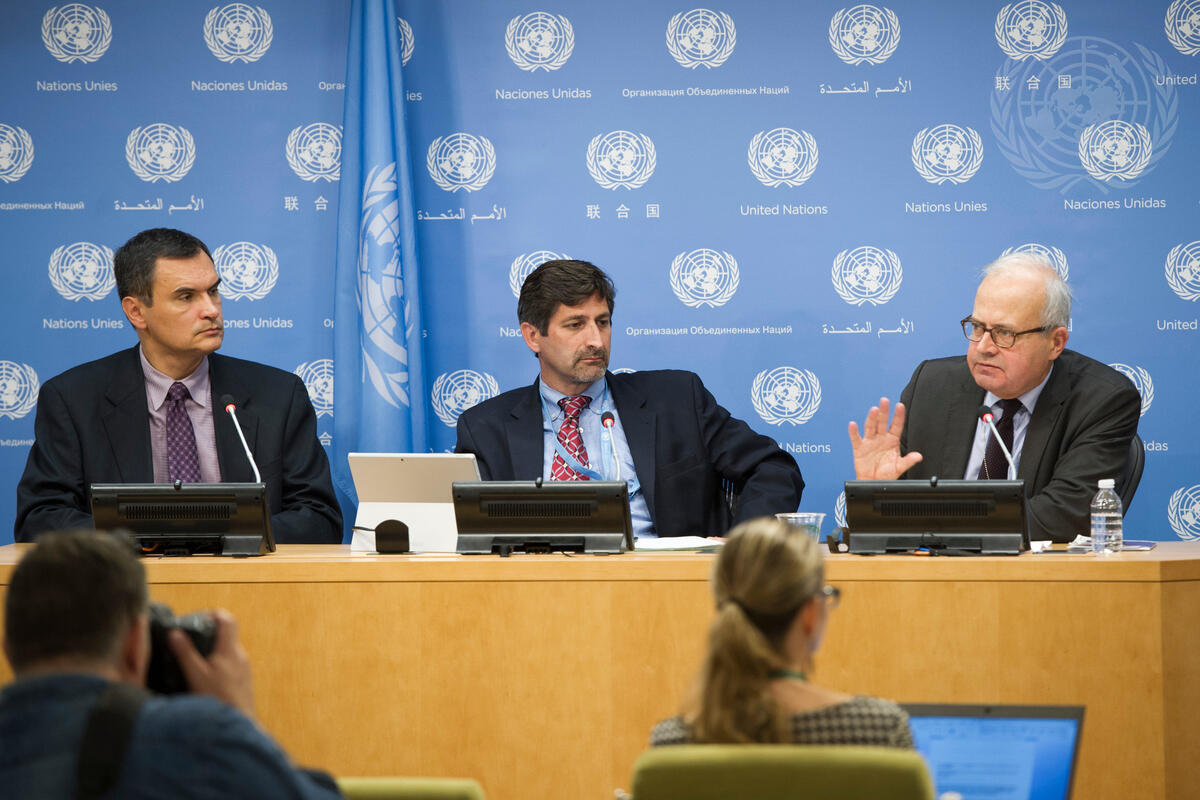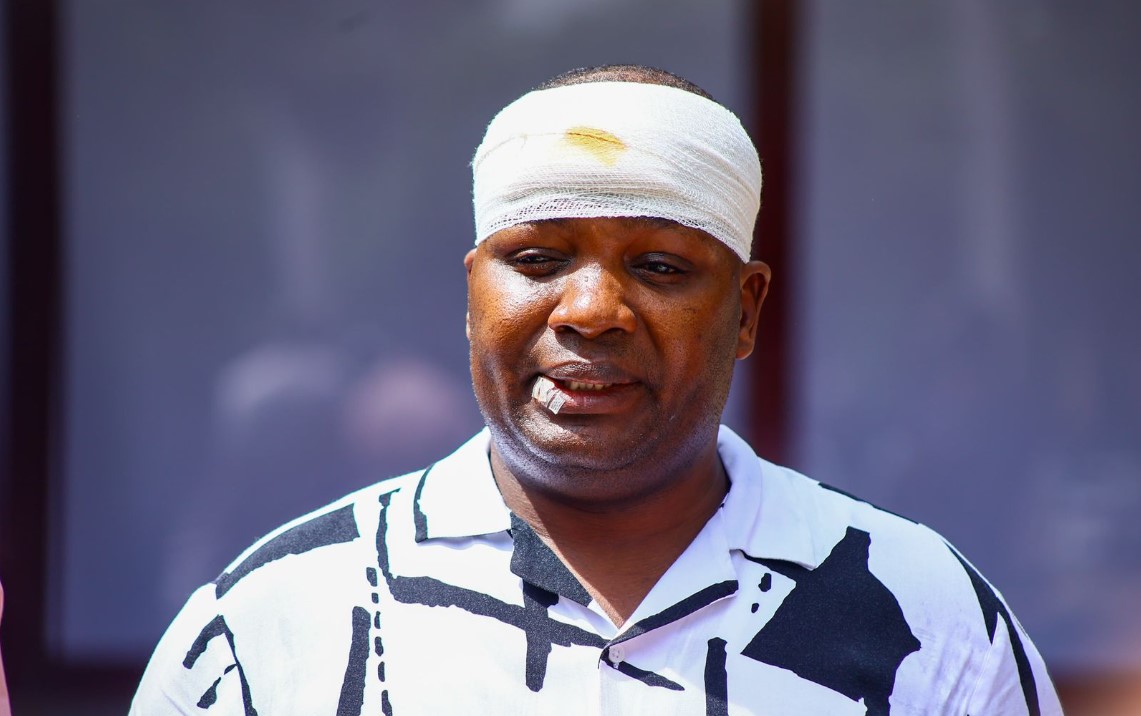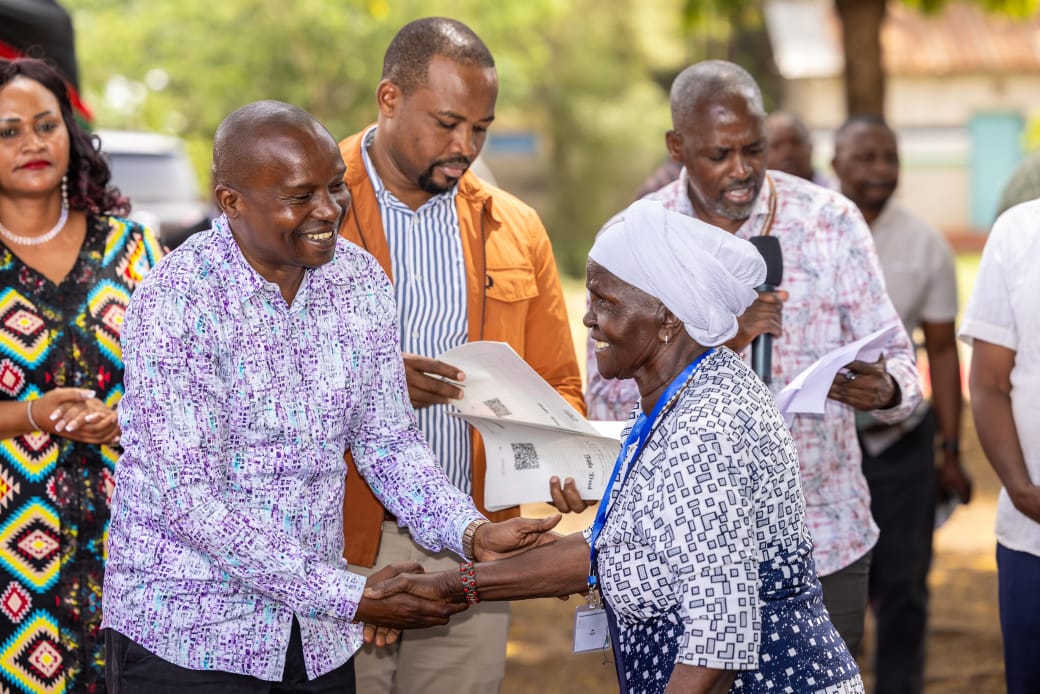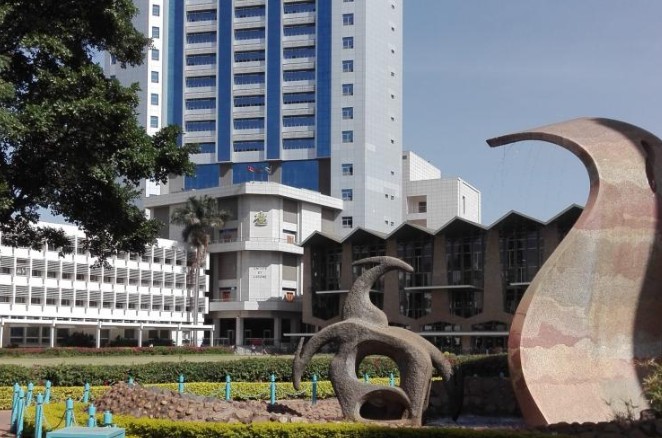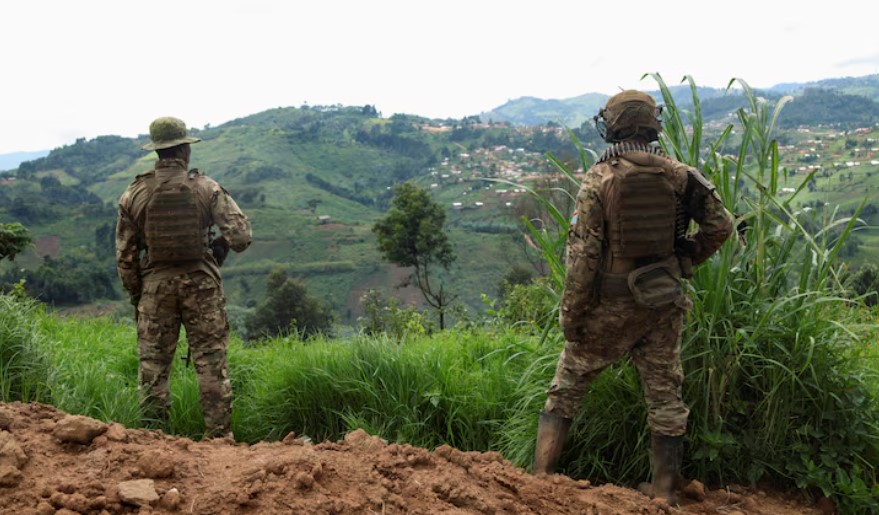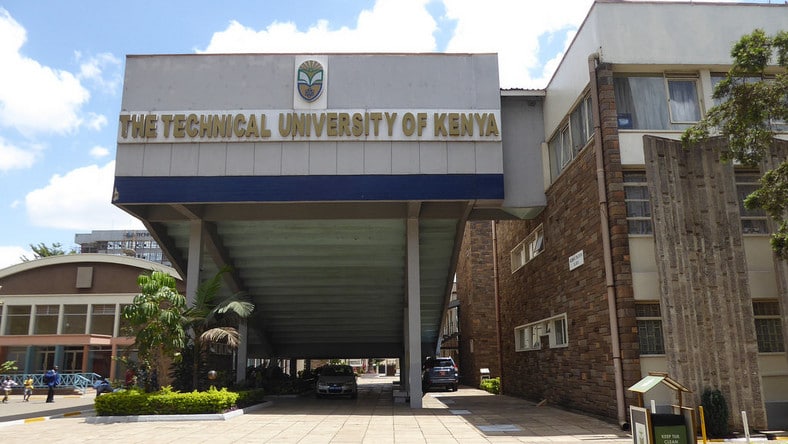Gaza children are starving amid persistent aid access obstacles -UN agencies
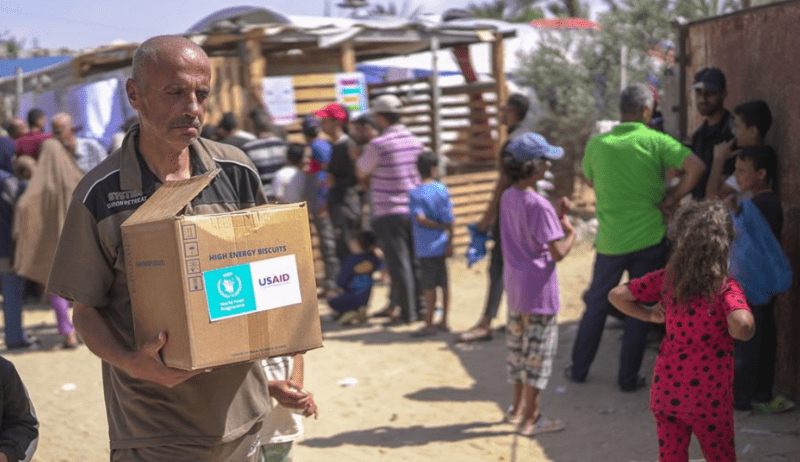
Echoing those concerns, OCHA highlighted the risk of deadly malnutrition and famine among Gaza’s most vulnerable individuals.
Far too little aid is reaching people in Gaza to the extent that children are now starving, UN humanitarians said on Friday, in a renewed appeal to Israel to respect international law regarding the safe passage of lifesaving relief in the war-shattered enclave.
The alert from the World Health Organisation (WHO) follows the finding that more than four in five children “did not eat for a whole day at least once in the three days” ahead of a food insecurity survey.
More To Read
- Kagwe: Why Sputnik vaccine was banned hours after Ruto, other leaders received doses
- Algeria takes over UN Security Council rotational presidency from US
- WHO continues to urge China to share data five years after Covid-19
- WHO Director-General Tedros calls for end to hospital attacks in Gaza after strike
Hunger snapshot
“These are children under five who are not getting food all day,” said WHO spokesperson Dr. Margaret Harris. “So, you ask, ‘Are the supplies getting through?’ No, children are starving.”
Additional worrying data from the food insecurity snapshot survey indicated that almost all of the youngsters surveyed in Gaza now eat just two different food groups per day, when the WHO recommendation is at least five.
According to an update this week from the UN aid coordination office, OCHA, since mid-January, more than 93,400 children under five have been screened for malnutrition in Gaza; 7,280 were found to have acute malnutrition, including 5,604 with moderate acute malnutrition and 1,676 with severe acute malnutrition.
Preventable horrors
Echoing those concerns, OCHA highlighted the risk of deadly malnutrition and famine among Gaza’s most vulnerable individuals.
“I would say they are certainly not getting the amount that they desperately need to prevent a famine, to prevent all kinds of horrors that we see. It’s very, very little that is going around at the moment,” said OCHA spokesperson Jens Laerke.
Responding to questions about aid access obstacles, he reiterated that the Israeli authorities’ obligations under international humanitarian law to facilitate the delivery of aid “does not stop at the border. It does not stop when you drop off just a few metres across the border and then drive away and then leave it to humanitarians to drive through active combat zones - which they cannot do - to pick it up. So, to answer your question, no, the aid that is getting in, is not getting to the people.”
Amid ongoing reports of deadly Israeli bombardment across Gaza on Friday, humanitarians continued to stress that land crossings for aid convoys remain “the only way to get (aid) in at scale and at speed…We need more of these land crossings and we need them open and we need them safe for use to pick up the aid when it’s dropped off,” the OCHA spokesperson said.
Floating dock setback
Asked about the US military-built floating dock moored off Gaza’s coastline that has reportedly partially broken up on high seas, Laerke noted that “any and all ways of getting aid in is welcome, so when that reality is not working, that’s of course bad news…It was never realistic to be a major or the major pipeline of aid in. It could have been an addition, and we keep emphasising that.”
As part of its ongoing efforts to prevent life-threatening hunger in Gaza, the WHO reported that alongside partners and the local health authority, it continues to offer stabilisation services for children suffering from the most life-threatening form of malnutrition.
To date, 68 children have received treatment, it said, but owing to the recent escalation of hostilities, the nutrition stabilisation centre in Kamal Adwan Hospital in north Gaza is out of service.
Since 1 May, the UN World Food Programme (WFP) and partners reported that they had reached around 60,000 children under the age of five and 22,820 pregnant and breastfeeding women with 15 days’ worth of nutrient supplements to help stave off malnutrition.
Trending
